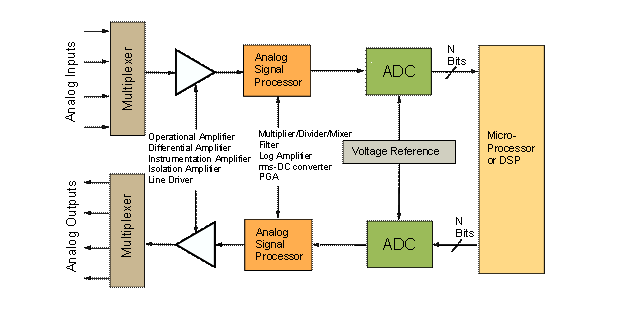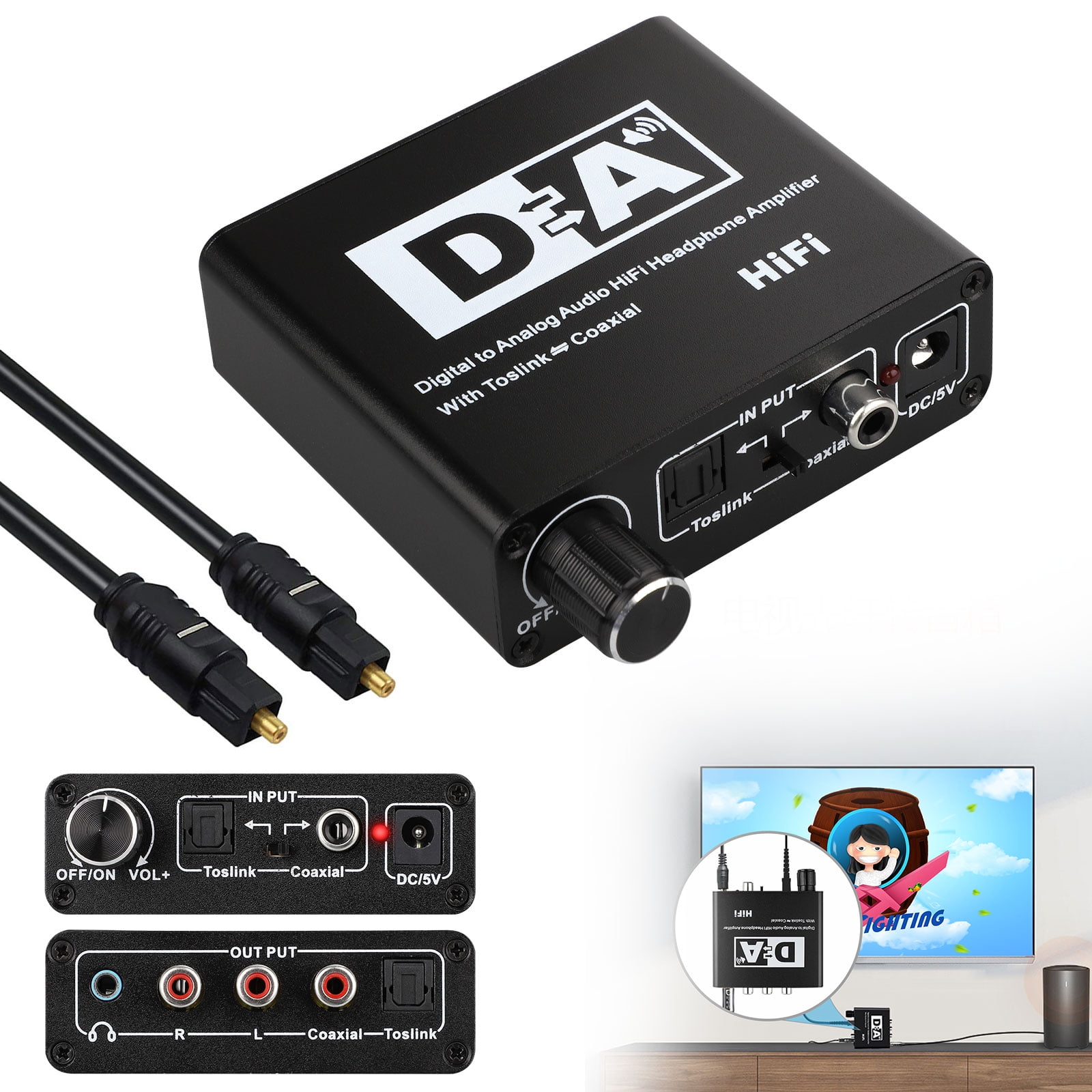


It is most often defined as an order of magnitude, such as 10 –12 errors/sample. 1: Example of an ADC output with a code error.Īn ADC’s code error rate (CER), also sometimes called word error rate (WER) or metastability error rate, is defined as the average number of errors per sample and is measured by counting the average number of samples between consecutive errors. The erroneous sample is clearly visible when compared to the ideal sine wave fit and far exceeds the noise of the other samples in the plot.įig.

1 shows an example code error found in the output samples of an ADC. The threshold is most commonly defined as the level where an error exceeds the expected amplitude of the ADC’s noise such that the error can be easily identified in the presence of noise.Īnother way to explain this definition of the error threshold is that the error amplitude occurs with a probability exceeding the expected probability of that amplitude given the ADC’s assumed Gaussian distributed noise.

A code error is defined as an error in the output code of an ADC that exceeds a defined threshold. By Matt Guibord, systems engineer, high-speed converters, Texas InstrumentsĪs high-speed analog-to-digital converters (ADCs) have increased in sampling rate, so has the problem of code errors - also known as sparkle codes - in the ADC’s output data.


 0 kommentar(er)
0 kommentar(er)
